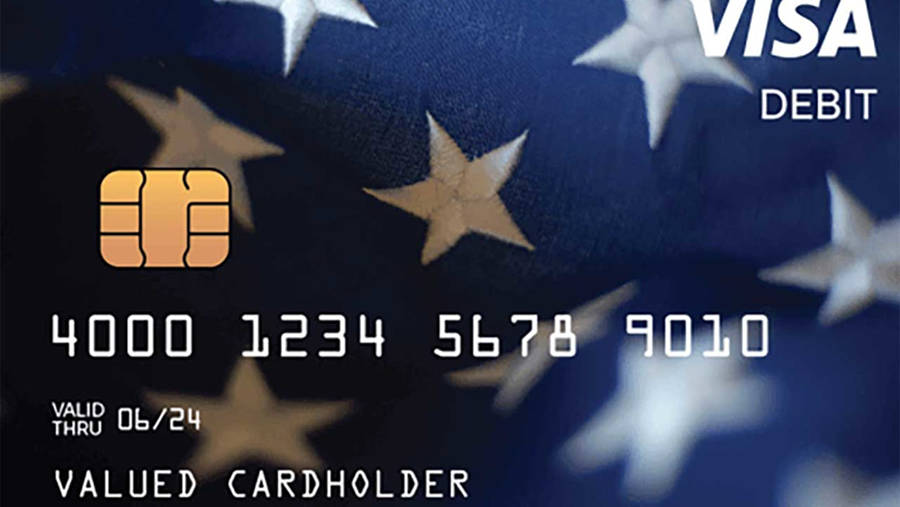The IRS is sending some second stimulus check payments on prepaid debit cards.
You might be one of the approximately 8 million Americans who finds a debit card in their mailbox soon. If so, don’t automatically think it’s some sort of scam or junk mail. It might be the second stimulus check payment you’ve been waiting for – just in the form of a prepaid debit card. The cards – called Economic Impact Payment Cards, or EIP Cards, by the IRS – will go to certain people who don’t have bank information on file with the tax agency. Instead of mailing a paper check (which takes longer to process), the cards will be sent to the most recent mailing address on file with the IRS for those selected to receive them. EIP Cards are going to eligible recipients across all 50 states and the District of Columbia, but Americans in the western part of the country are generally more likely to get one.
Your stimulus payment debit card will come in a white envelope that prominently displays the U.S. Department of the Treasury seal and includes “Economic Impact Payment Card” in the return address. The envelope also states that it contains “important information about the Economic Impact Payment.”
The card itself will say “Visa” on the front and “MetaBank” (the issuing bank) on the back.
Instructions on the card tell you how to activate it.
If you do receive an EIP Card, you’ll probably have a lot of questions about how it works. How do I use it? Where can I use it? Are there any fees? Can the IRS track my purchases? There are some special rules for their use. For answers to a few important questions, you’re likely to have about your second stimulus payment debit card go to www.eipcard.com/locator/.
How do I use my card to get cash without paying a fee?
There are several ways to get cash from your card without paying a fee.
Use one of the In-Network AllPoint brand ATMs to withdraw cash. Use the ATM locator at EIPCard.com or Money Network® Mobile App to locate one near you. Limits may apply to the amount of cash you are able to withdraw at ATMs.
Get cash-back at participating merchants, like grocery and convenience stores. If the merchant allows cash-back during a purchase, select “Debit” on the keypad, enter your 4-digit PIN, select “Yes” to get cash-back, and then enter the amount of cash you would like. Check the merchant’s policies on amount limits.
Request a Money Network Check and cash it at select participating check cashing locations. Go to EIPCard.com to find the nearest participating check cashing locations. To avoid a fee, cash only Money Network Checks and only at participating check cashing locations. Limits may apply.
Tip: If you already have a bank or credit union account that you are comfortable using to access cash for free, you can also transfer money from your card to this personal account and then withdraw cash in the same way you normally would once it is available.
How do I transfer money from my card to a personal account without paying a fee?
To transfer your money (up to $2,500 per transaction) to a personal account without a fee, you will need to log into your account at EIPCard.com to initiate a transfer.
To transfer to a personal bank or credit union account, you will need to provide your routing and account number for your personal account at EIPcard.com.
To transfer to an existing personal prepaid card, first check if your personal prepaid card accepts transfers by logging into your account or calling your card provider. If it does, provide the routing and account number for your personal prepaid card at EIPCard.com.
Tip: In many cases, peer-to-peer (P2P) apps — like Venmo or Paypal — will accept your Economic Impact Payment Card as a source of funding. Check with the P2P provider for specific instructions on if you can do this for free.



